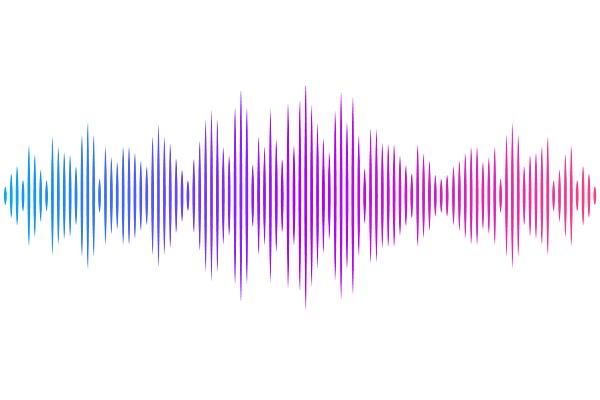Applying the Principles of Universal Design to Make Astronomy More Accessible

Applying the Principles of Universal Design to Make Astronomy More Accessible
Amanda Quirk, Tom Rice
AbstractUniversal Design (UD), an approach to accessibility that was first conceptualized in architecture to make buildings physically accessible, has since been applied to curriculum design to make classrooms accessible for a larger range of learning needs. In this paper, we illustrate how the concepts of UD are relevant outside of architecture and the creation of curricula by highlighting examples of norms that exist in the field of astronomy that create barriers for disabled folks. we discuss ways the foundations of UD can be applied more generally to department culture, conferences, outreach events, and academia as a whole to make STEM fields more inclusive. In order to implement UD in these sectors, one must create multiple pathways or options for folks to engage with and show their success in astronomy. While UD is critical for disabled folks, it can easily be expanded to include the promotion of people whose backgrounds and/or identities are currently underrepresented or under-supported in STEM. Lastly, we introduce guiding questions and tools for departments and institutions to evaluate the accessibility of their activities and traditions to disabled individuals. In summary, we aim to show the importance of increased accessibility and provide some strategies to make STEM more inclusive to disabled people by using the mindset and principles of UD.